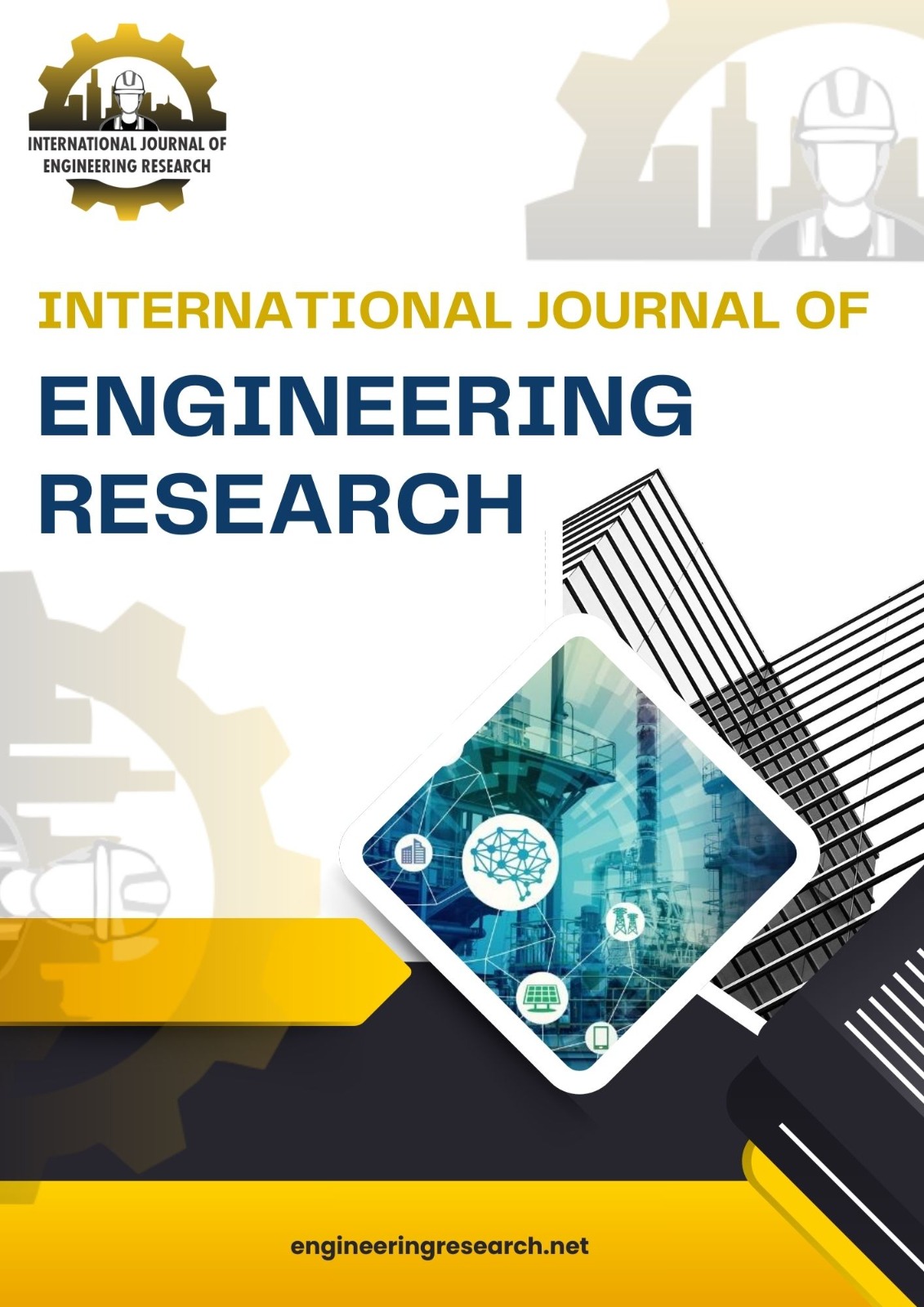ADVANCED PHOTOTRANSISTOR DESIGN USING NANOSTRUCTURED SEMICONDUCTORS
Keywords:
photoresponsivity, semiconductor nanomaterialsAbstract
Phototransistors are crucial in optoelectronics for their high sensitivity and broad spectral response, yet improving responsivity, detectivity, and response speed remains a challenge. This study reports the design and fabrication of high-performance phototransistors using GaN–ZnO nanowires and WS₂–InGaZnO heterojunctions, focusing on band gap engineering, synthesis parameters, plasmonic enhancement, and heterostructure integration. GaN–ZnO nanowires with varying ZnO concentrations were synthesized and incorporated into bottom-gate phototransistors with Ti/Au electrodes, and device performance was evaluated under different synthesis conditions; Ag nanoparticles were further introduced for plasmonic enhancement. Separately, WS₂–InGaZnO heterojunctions were fabricated using CVD and sputtering. Band gap tuning from 3.4 eV (GaN) to 2.6 eV (Zn-rich nanowires) enhanced visible light absorption, with optimized nanowires at 850 °C achieving responsivity of 95.3 A/W and detectivity of 2.1 × 10¹¹ Jones, further improved to 131.7 A/W and 5.9 ms response time with Ag decoration. The WS₂–InGaZnO heterojunction device demonstrated superior performance, achieving 122.5 A/W responsivity, 3.8 × 10¹¹ Jones detectivity, and 91.7% stability over 50 cycles. These results highlight that combining band gap engineering, plasmonic enhancement, and heterostructure design significantly advances phototransistor performance, providing a pathway toward next-generation broadband, high-sensitivity photodetectors for practical optoelectronic applications.




